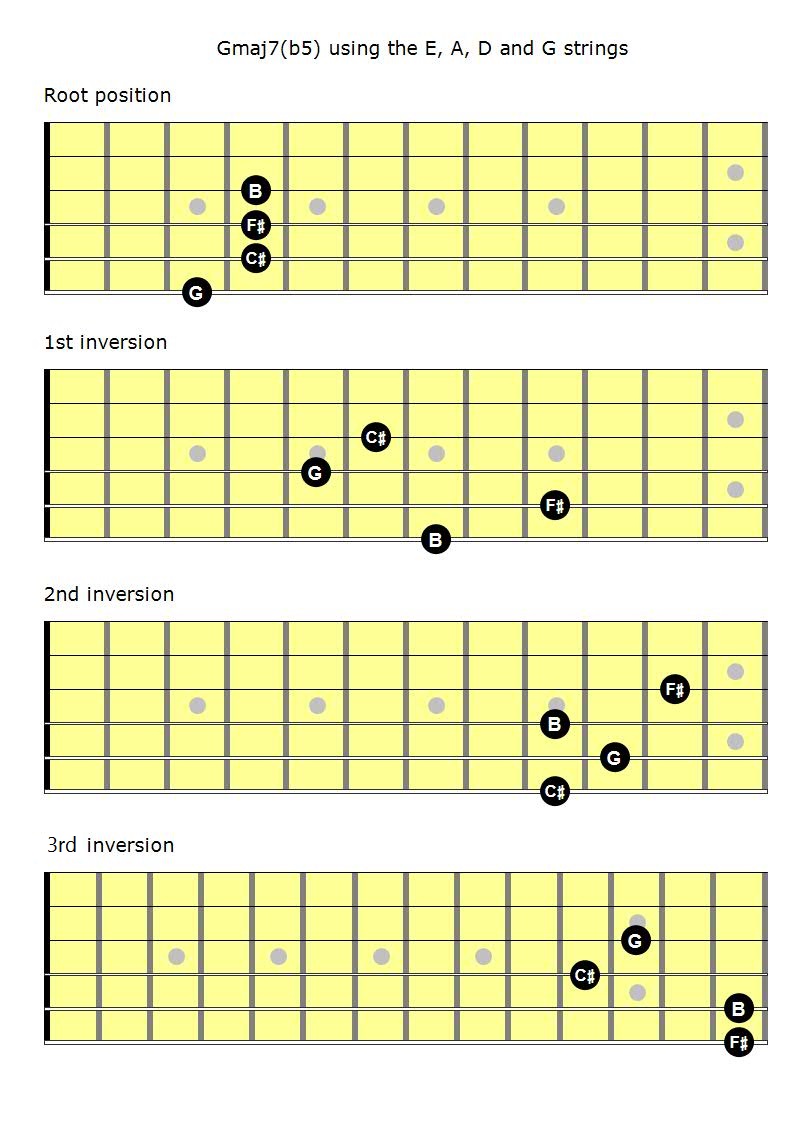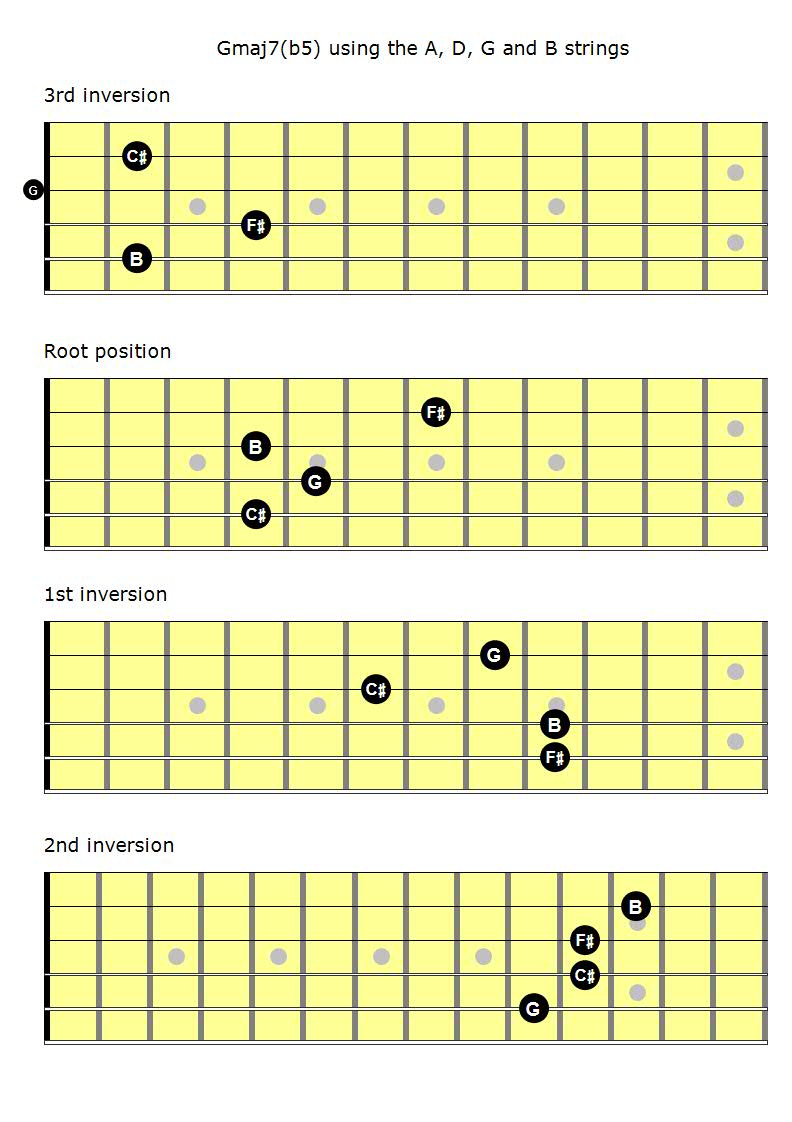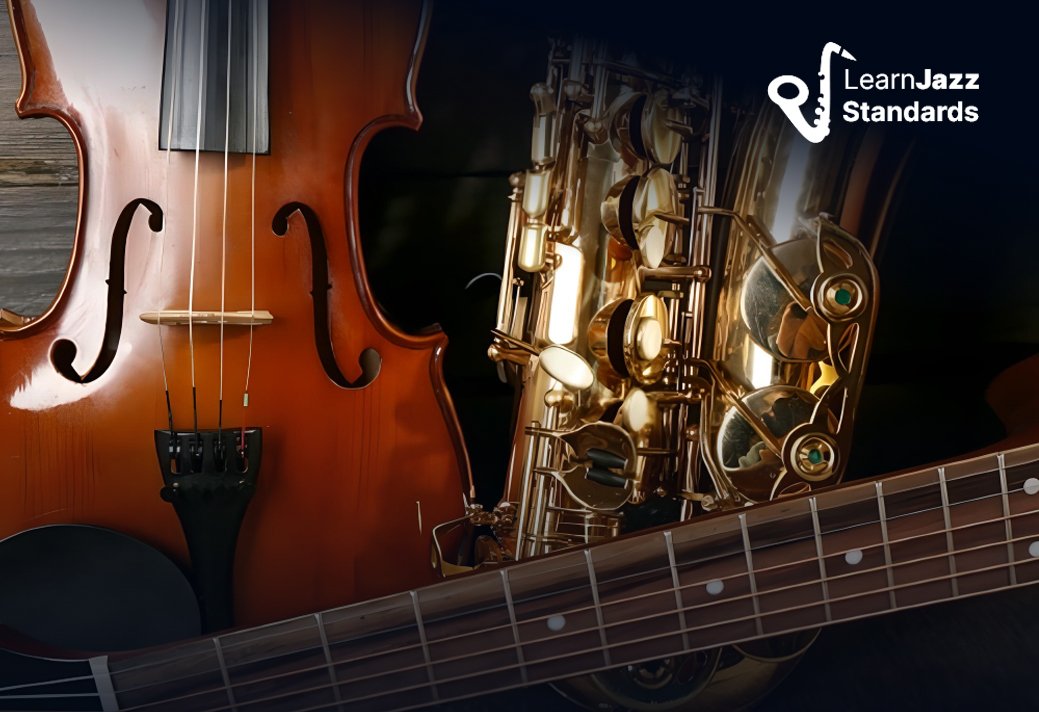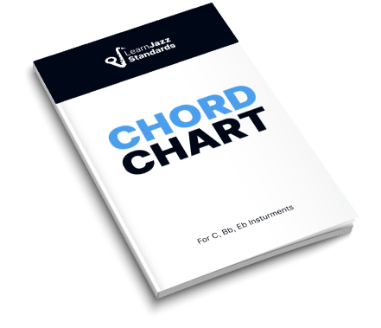In our last Mastering The Fretboard lesson we finished going over all of the basic types of chords by ending on Diminished 7 Chords. Up to this point we’ve covered how to play all the qualities of triads and 7th chords. I would highly suggest going back and exploring these before moving onto this next segment.
In this lesson we are going to start to explore some common alterations to these chord types starting with Major 7 (b5) chords. So it would be wise in this case to make sure you know all of your Major 7th chords shapes and positions before moving on. What’s the difference between the two? You guessed it: the 5th is flatted on the Major 7(b5).
The formula for a Major 7(b5) chord:
Formula: Root-3-b5-7
We are going to continue to use the key of G as an example, so using this formula the notes in a Gmaj7(b5) would be: G-Db-F#-B
Let’s take a look at what a Gmaj7(b5) looks like notated in root position, 1st inversion, 2nd inversion and 3rd inversion:
My method for mastering Major 7(b5) chords:
As it has been for all of these lessons, my method is: play the root position voicing and both the 1st, 2nd and 3rd inversions on all possible sets of strings.
So what are the possible sets of strings? The first set is E (low)-A-D-G. The second set is A-D-G-B. The third set is D-G-B-E (high).
Let’s see what this looks like on the first set of strings:
Now make no mistake about it, some of these shapes are hard to play! You really have to stretch for some of these. You might find that shapes like the 1st inversion aren’t really practical to use in a playing situation. However, it’s important to really practice these and get them all under your fingers. Let’s take a look at the next set of strings:
Again, some of these are a little bit challenging and will require some practice. Let’s take a look at the last set of strings:
How to practice these:
- Practice the shapes on each set of strings slowly and make sure you can play them forwards and backwards.
- Once you feel comfortable with one set of strings move onto the next.
- Repetition is key and be able to play all sets of strings consecutively forwards and backwards.
- Ultimately, if you want to master these Major 7(b5) chords you need to take them through all 12 keys. For these chords it’s not as hard as it sounds because there really are only 3 types of diminished chords. Learning how they relate to each other is the biggest task.
Next time we’ll go over Dominant 7(#11) Chords. Watch the blog often!















